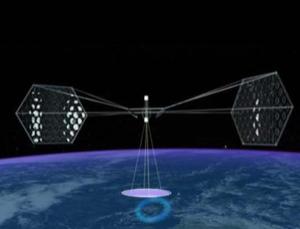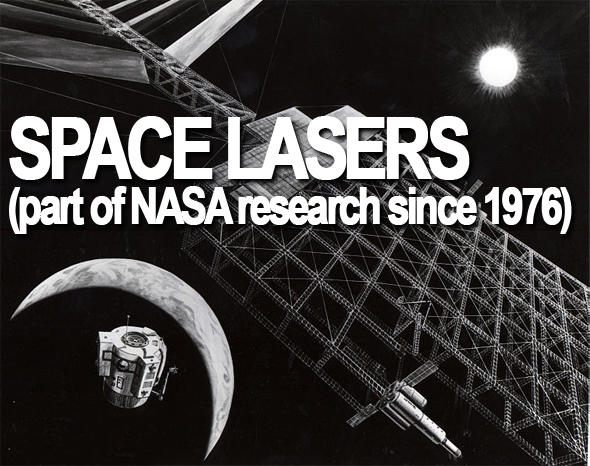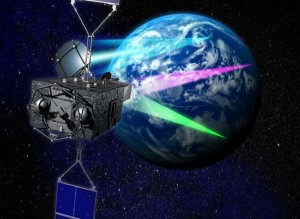Mitsubishi Electric Corporation and IHI Corporation are undertaking an ambitious project of $ 21bn. They are aspiring to design and develop a Space-based solar farm that would generate 1GW of power. This will require an area of four square kilometer consisting of rows of solar panels. This space solar farm will be housed 36,000km above the surface of the earth.
The idea of generating solar power from space has been gathering momentum for quite some time. And various alternative energy companies are investing substantial amount of money in this concept. The advantages of harnessing solar energy from space are many. Solar energy in space is ten times more than on the planet earth. In space there are no nights and no weather changes. The wear and tear will be less too because of lack of humidity, rain, storm or friction.

This 21bn power project has a timeline of three decades. Before wetting their feet fully, Japan Aerospace Exploration Agency (JAXA) will go for a small 10MW demonstration satellite which would have solar panels. This smaller project would be completed in 2015. This experimental project will first test the water before taking the whole plunge. They will also test the systems used to beam energy from space to ground-based receivers. Once fully developed the plant will generate about 1GW of solar power on the ground. It could be a base load resource instead of an intermittent source of power.
This amount of power can meet the energy needs of about 294,000 Tokyo homes on an average.
In fact base load issues are one the last hurdles when we talk about many forms of renewable energy. But the million dollar question to tackle is how to get the power from the solar panels affixed upon the orbiting platforms back to Earth? Currently the existing knowledge says that one can convert it into radio frequency energy for transmission. We can install a receiving station on the earth, which then converts it back into electricity.
If successful, the pilot project could deal with certain concerns such as the use of environmentally sensitive areas for extensive solar farms. However, they have to tackle one more issue: the energy required to produce and put these solar panels into space versus the amount of energy they may generate. One of the solutions can be that they can utilize the concept of space elevators.
A division of JAXA, the Institute of Space and Astronautical Science (ISAS) has already prepared a prototype of the SPS2000, a 10 megawatt demonstration solar-power satellite.
ISAS is also undertaking a project where an experimental satellite will be tested for wireless power supply of several hundred kilowatts. Ground experiments are being held for scrutinizing the influence of high-voltage discharge which is a sheer necessity for large-capacity power generation in space. They are also spending time on the impact of space debris on the solar farm.
Video



 Follow
Follow



